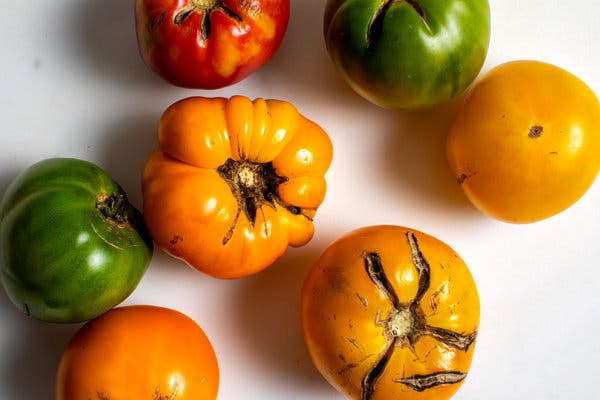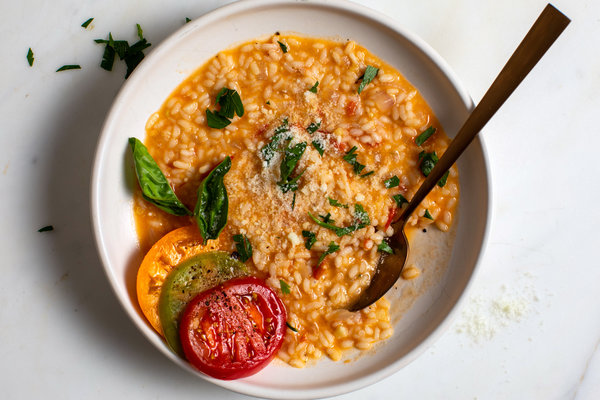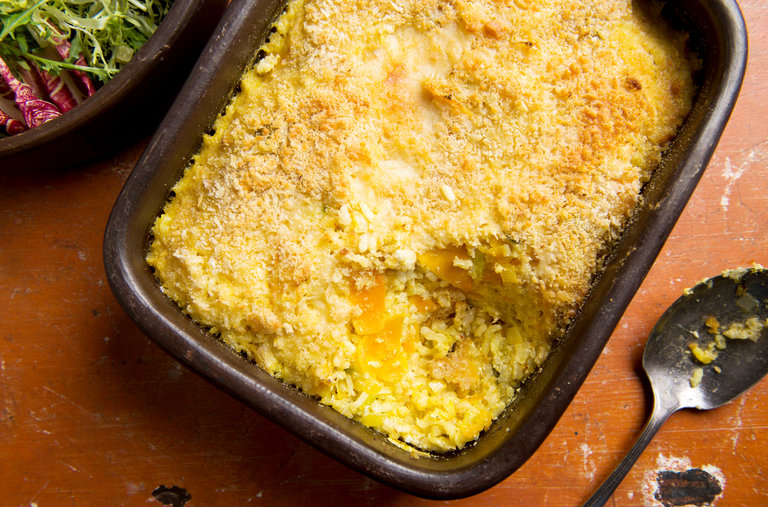Risotto is one solution to summer cooking, especially if you’re on holiday. You’re making do with a wonky stove top and a skillet. You want to cook, but not too much. And, of course, you want something delicious.
It’s an easy meal and versatile; just add a green salad for an elegant vacation soiree. If it’s a grander occasion, serve the risotto in smaller portions as a first course, followed by something from the grill.
The first thing to know about risotto is that it really isn’t difficult to make, despite what you may have heard. It’s all in the technique — which basically means paying attention, adjusting the heat correctly and nursing the dish along. It won’t take more than half an hour from start to finish. Eighteen to 20 minutes should suffice.

CreditAndrew Scrivani for The New York Times. Food Stylist: Iah Pinkney
Here is the basic routine: Heat some olive oil or butter and soften a diced onion in a heavy-bottomed saucepan or reasonable facsimile. It is better to use a pot that’s too wide than one that’s too narrow. (When in doubt, use a skillet.) Add arborio or carnaroli rice to the onions and sauté, coating the rice and letting the mixture brown slightly. Splash in some white wine and let it cook off.
All that remains is to add liquid in small increments and stir as it’s absorbed. The heat must be brisk, but not too brisk, and you’ll need to adjust it occasionally. Continue adding liquid and stirring until the rice is done and a bit saucy. To finish, stir in a bit of butter or olive oil and some grated cheese. Basta.
You will probably add vegetables. You might use various types of liquid. Meat or chicken broth will make a richer risotto. Vegetarian renditions made with vegetable broth will taste a bit leaner, but it’s also possible to make one using only tap water.
Once you become proficient, you’ll be able to have it a hundred ways throughout the year. You can make a simple lemon risotto for a first course or saffron-scented risotto to serve with braised lamb shanks. Every vegetable qualifies. Wild mushrooms for an autumn version; butternut squash for winter; peas and asparagus in the spring.







